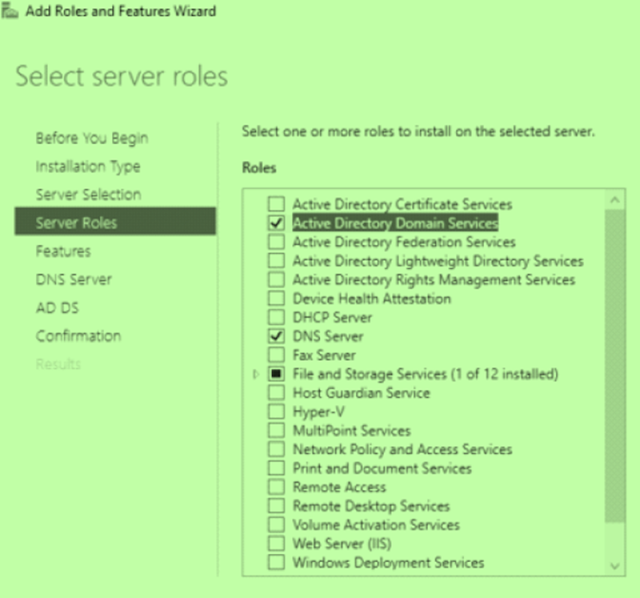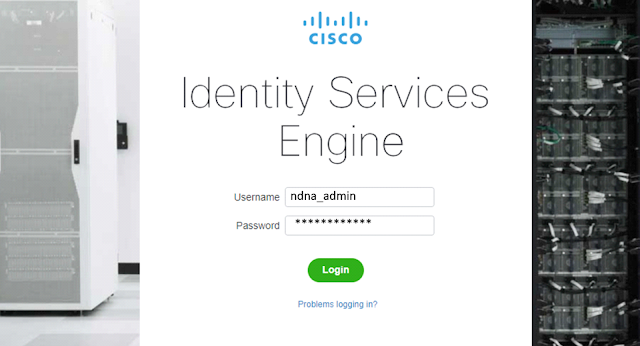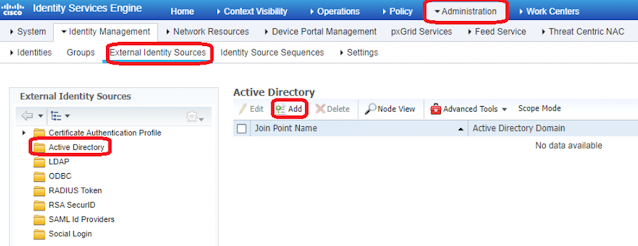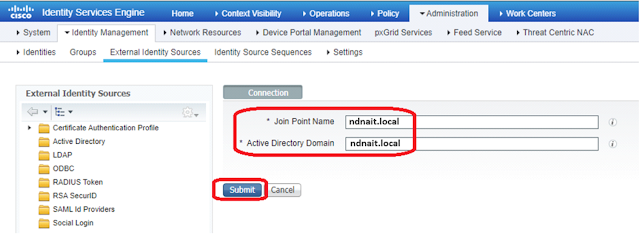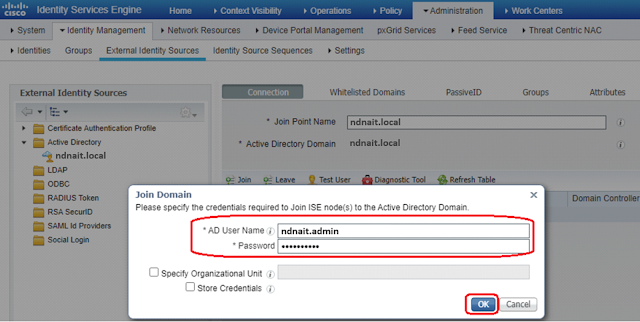Achieving Seamless Network Authentication with Cisco ISE & AD Integration
Achieving Seamless Network Authentication with Cisco ISE & AD Integration
Cisco Identity Services Engine (ISE) is a network management tool that allows endpoint devices linked to Cisco routers and switches to create and enforce security and access restrictions.
Cisco ISE is an identity-based network access control and policy enforcement system. It functions as a single policy engine for business endpoint access control and network device management.
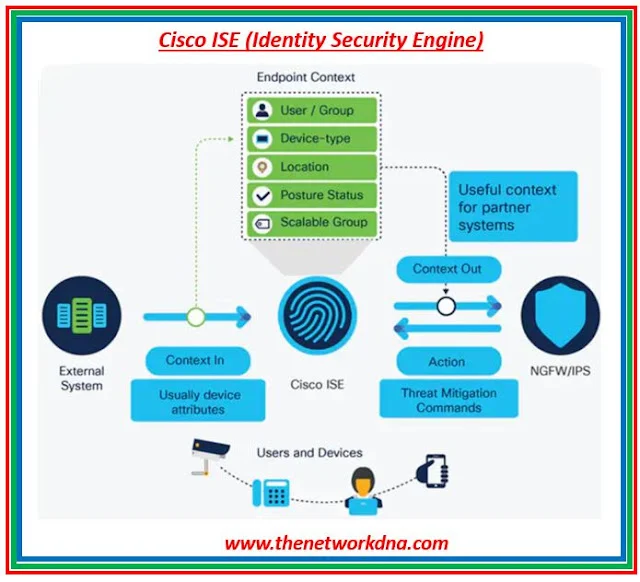 |
| Fig 1.1- Cisco ISE |
Active Directory account permissions necessary to accomplish different tasks, network ports that must be available for communication, and DNS server settings are all conditions for integrating AD with Cisco ISE. Lets start with AD local windows first followed by Cisco ISE setup
⭐Related : Cisco ISE upgrades, Issues and Tips⭐Check also : Cisco ISE 2.0 Vs Cisco ISE 3.0
Step 1: In order to achieve Cisco ISE and Active Directory Integration, let’s establish the AD/DNS/NTP. Installing DNS and Active Directory Services
Fig 1.2- Setting up Server IP address
Step 2: Now its time to create your domainFig 1.3- Local Domain
Step 3: Confirm the Active Directory and DNS Services are installed properly.
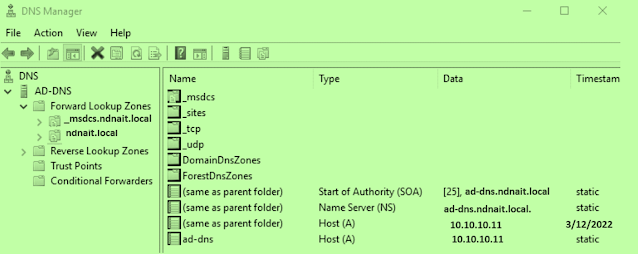 |
| Fig 1.4- AD & DNS |
Step 4: Setting Windows Server as NTP server and then Restart NTP services.
Cisco ISE Setup now
Step 1: Login to the Cisco ISE with your CredentialsStep 2: Add AD domain as shown below
Administration > External Identity Sources > Active Directory > Add
Step 3: Its time to Submit Joined Point Name
Fig 1.8- Cisco ISE join Point Name
Step 4: Enter AD Domain Admin credential to join ISE to Domain.
Fig 1.9- Local AD to join ISE
Once done, Please confirm status and you will see the node status as "Completed"
Cisco ISE supports multiple Active Directory domain joins. It can connect to several Active Directory domains that do not trust each other or have 0% trust. When Cisco ISE joins an Active Directory domain, it immediately discovers the trusted domains of the join point.
- Cisco ISE 2.0 Vs Cisco ISE 3.0 - The Network DNA
- Comparing Cisco ACS and Cisco ISE - The Network DNA
- Network Access Control (NAC) - Cisco ISE Vs HPE Aruba Clearpass
- Verify TACACS between Cisco ISE and Cisco DNA center
- Basics about Cisco ISE
- Add ISE as a RADIUS Server for Wired 802.1X
- Cisco ISE & Nodes - The Network DNA

